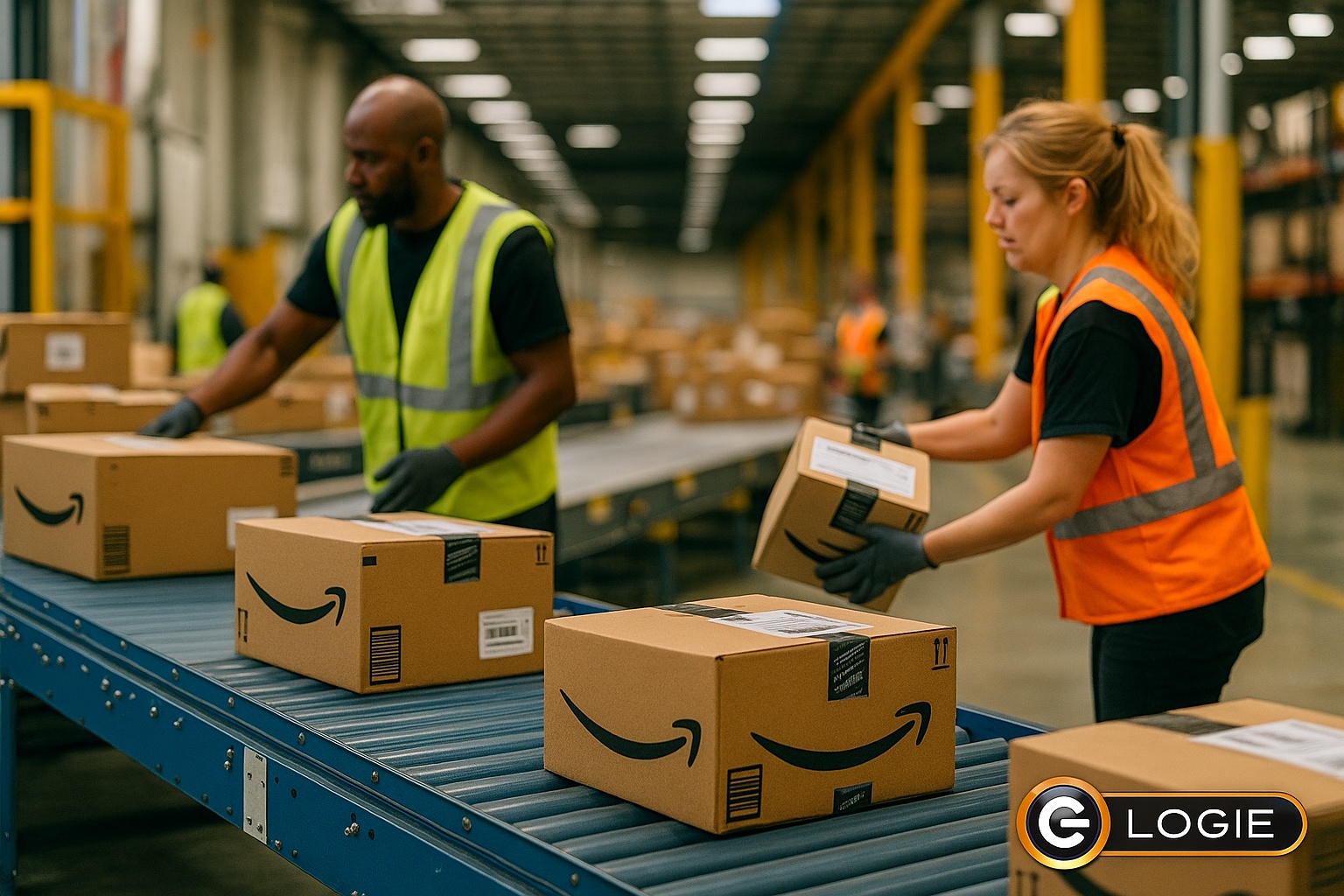Prime Day 2025 has come to a close, and once again, Amazon has announced record-breaking numbers.
According to their official recap, shoppers worldwide bought hundreds of millions of items, making this the biggest Prime Day in Amazon’s history. From home essentials to trending electronics, the platform was buzzing with activity.
But if you ask creators and influencers who count on Prime Day as a revenue boost, the story isn’t quite as straightforward.
By the way, if you want to stay connected and know everything about social commerce and never miss a beat, join Logie today! Click here
Scroll through influencer forums or community chats, and you’ll see a split: some reported their best sales day ever, while others shared frustration over unusually low earnings, even compared to a regular day.
To help you make sense of it all, we dug into Amazon’s data, industry reports, and candid feedback from creators. Here’s what happened, why results varied so widely, and how you can adapt for the next big sales event.
Prime Day 2025 by the Numbers
Looking at Amazon’s official recap and wider coverage, here’s what stood out:
- Biggest Prime Day Yet. Shoppers purchased hundreds of millions of items across two days, setting a new sales record.
- Categories Leading the Charge. Home goods, beauty, fashion, and electronics dominated, with connected tech and small appliances seeing strong growth.

- Fulfillment That Builds Confidence. Expanded same-day delivery and “Buy with Prime” features reportedly encouraged quicker decisions and higher conversion rates.
- Marketplace Impact. A significant portion of sales originated from third-party sellers, many of whom are small businesses, underscoring how Prime Day fosters a broader seller ecosystem.
Creator Perspectives from the Community
Numbers aside, creators’ feedback paints a more complex picture. In influencer forums, experiences ranged from disappointment to record highs:
“Complete trash. I had a negative day in there 😭 The others were literally in single digits.”
“What’s mind-blowing is I had normal days before and after Prime Days. I may actually be having a good day today, depending on what hits as commissionable.” Stephanie
At the same time, others reported stellar results by tapping into off-site traffic and diversified strategies:
“Same story here, offsite was extremely good. Largest sales day ever, so far. I leveraged having a larger email list and new additional social accounts this year, which worked out great.” Diana
“My offsite numbers were extremely good. The best ever actually. My onsite was pretty soft, but honestly I don’t pay much attention to onsite anymore.” — Eric
“I don’t even look at onsite most days either. It falls into the it is what it is category.” — Stephanie.
Community Reactions Beyond the Numbers
Beyond creator‑focused spaces, other communities were also discussing Prime Day—and not always in a celebratory way.
On r/Anticonsumption, users reacted critically to Amazon’s glowing recap. Many questioned what “record sales” really represent in the bigger picture, raising points around:
- Overconsumption: Concerns that record sales encourage buying items that may not be truly needed.
- Sustainability: Worries about packaging waste and the environmental impact of large-scale sales events.
- Marketplace pressures: Discussion around how smaller sellers and warehouse staff are affected by high-volume events and rapid delivery expectations.
These conversations highlight that, while Prime Day is a clear win for Amazon’s bottom line, it sparks wider debates about the cost of those wins.
Meanwhile, the influencer‑focused discussion on r/Amazon_Influencer added another layer. As seen above, creators compared notes on tactics and results, with some thriving through off-site engagement and others frustrated by on-site performance.
Put together, these two threads show Prime Day’s complexity: a massive commercial event celebrated in headlines, but experienced very differently depending on where you stand.
Why Outcomes Differ
These contrasting results point to a few key factors:
- On-site placements are more competitive. Amazon’s internal discovery is crowded, and not all content surfaces during high-volume events.
- Offsite strategies are driving growth. Creators who built email lists, TikTok or Instagram audiences, and funneled traffic directly to Amazon saw the strongest returns.

- Shoppers are more selective. Buyers are comparing deals across platforms and following trusted creators rather than browsing blindly.
Key Takeaways for Creators and Brands
✔️ Diversify your traffic: Build your audience through email, social media, and other platforms to reduce reliance on onsite visibility.
✔️ Track your data: Use analytics tools (like Logie) to measure what content and timing convert.
✔️ Plan ahead: Warm up your audience before big events with sneak peeks, curated lists, and early streams.
✔️ Refine your product mix: Focus on categories and items that resonate with your followers and historically perform well.
Conclusion
Prime Day 2025 once again demonstrated Amazon’s ability to drive massive sales, but it also highlighted the uneven experience for creators and the varying perspectives of different communities regarding the event.
Some influencers celebrated milestones thanks to strong off-site strategies and data‑driven planning.
Others, relying solely on onsite placement, were left frustrated despite the record-setting numbers. And beyond the influencer space, many shoppers and commentators questioned the broader impact of such events.
For brands and creators, the message is clear: success isn’t guaranteed by the size of the event; it’s built through planning, audience engagement, and adaptability. The marketplace is shifting, but for those who are ready to evolve, the opportunity remains huge.
How was Prime Day 2025 for you? We’d love to hear your experiences and insights. Please share them in the comments, and let’s continue learning together.











